If you regularly deliver business or academic presentations, work outdoors or have pets, then you are probably familiar with non-functional laser pointers. Laser pointer battery size make it unnecessary to purchase expensive premium power cells or be bothered by a long USB charging cable.
Laser pointers are powered by rechargeable batteries that come in a variety of types. The battery types used will determine how well the device works and the length of time it takes. Particular laser pointers aren’t big enough to take AA or AAA batteries while several more robust pointer devices have batteries that have the power of lithium battery can provide.
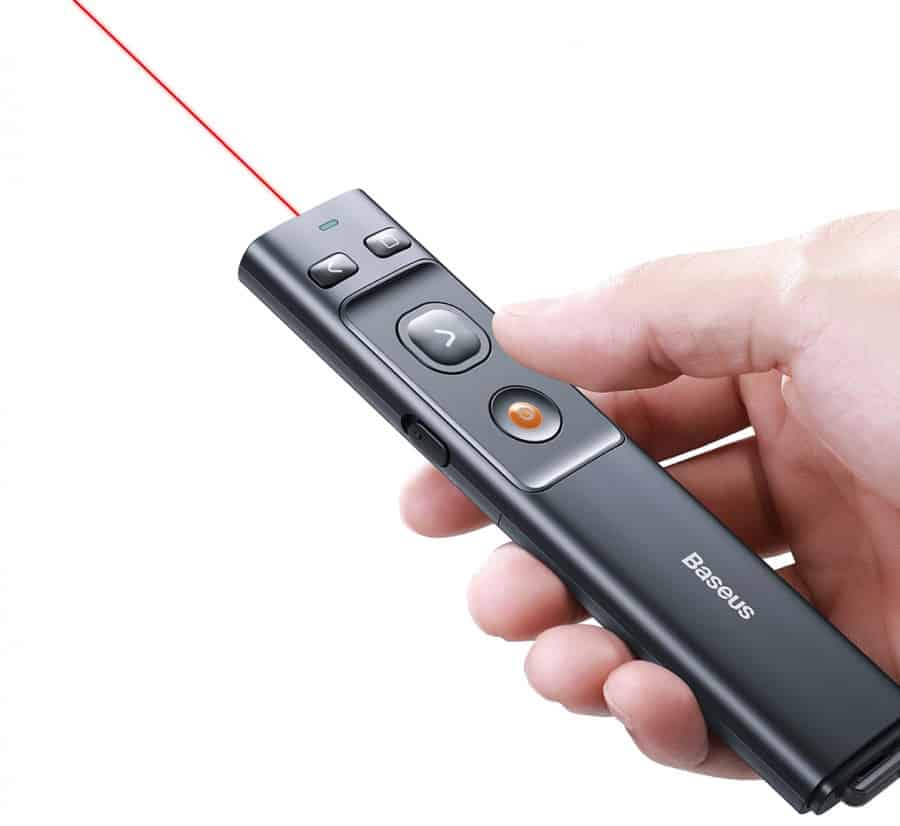
This article will help you be able to learn about the different types of batteries (rechargeable or not) that you can use for various laser pointers, how long you can run the laser pointer on battery power as well as the various factors that affect the life that the laser pointer can last, as well as much more.
Types Of Laser Pointer Batteries
The power pack needs will differ depending on the laser pointer model, size, purpose, and so on. Here are a few of the most common kinds of batteries laser pointers use:
Non Rechargeable Batteries
Zinc Carbon It is the most common AA, B, C, D cell. If you were born prior to 1990, you will recall it as the standard cell that was found at every store. Today, all you can get are alkaline battery. Produces between 1.2-1.5V
Alkaline Battery
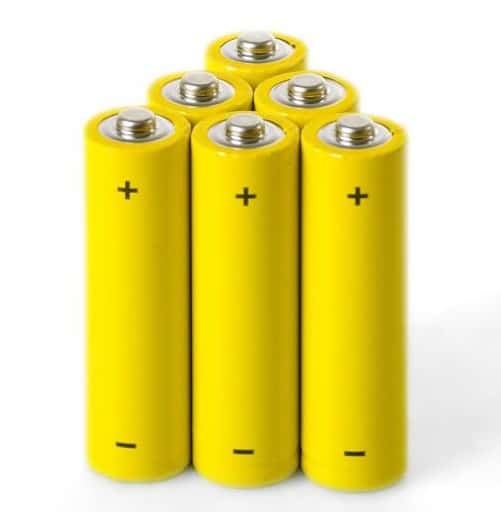
The to common battery. Sizes AAA and AA are the most popular. They are available in every store. A mere 10 dollars can buy you one pack of 50. Last time I looked. Again voltage is 1.2-1.5V. Capacity is about 4-6X of the Zinc Carbon
Lithium Battery
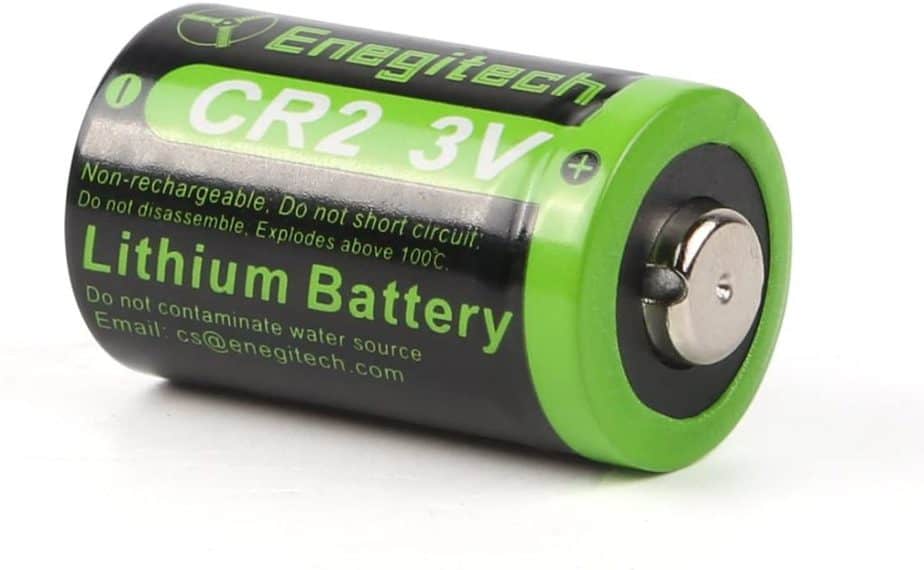
Up to a certain time ago, button cells were most commonly made of this material due to the their high capacity possibility. Lately, you get AAA and AA. It is possible to get about twice the capacity of alkaline.
Silver-Oxide Battery
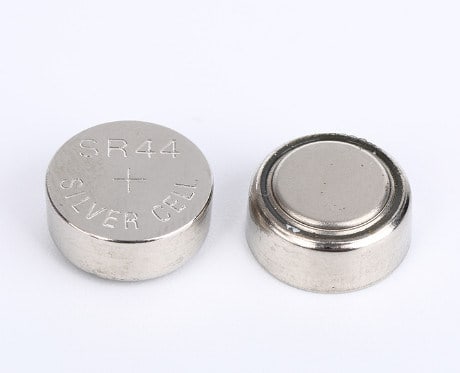
A silver-oxide battery, composed of silver oxide and zinc, is a rechargeable/single-use battery used in various electronic devices, such as watches, calculators, and laser pointers.
The single-use battery is famous for its long-lasting power. For example, a small metal oxide battery can keep a watch powered for 3 or 5 years all day. Battery rechargeable button cell batteries also exhibit an identical longevity.
Perhaps the biggest benefit the battery offers against alkaline or lithium-ion batteries is that it has no danger of flammability. This makes the battery safe enough to be used in devices like hearing aids which are in close and constantly physical contact with your body.
Rechargeable Batteries
Non-rechargeable batteries are great to throw and use however they can create the problem of garbage. If you’re looking for the long-term and long-term impact on your pocket isn’t ideal. Let’s talk about rechargeable batteries
Nickel Cadmium Battery
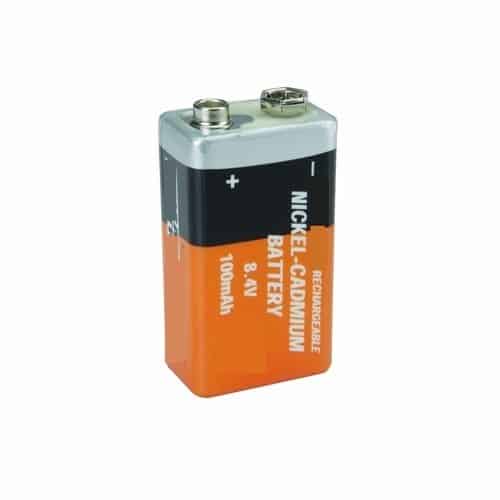
If your birthdate was prior to 1990 then this would be the rechargeable battery you’ll recall the best. In the past, anyone who was looking for rechargeables was using this as the first option.
About 2005 or so, they began to lose popularity, and then in 2006(or was it 2007?) their rules, especially in Europe resulted in them becoming not a viable option. There’s a reason for this.
Capacity less than 1000mAh in a normal day and extremely harmful and prone to issues such as memory effect(which will eat you up when using chargers that aren’t so great) These batteries are gaining traction. As with the alkalines as well as Zinc Carbon, they are 1.2V batteries
Nickel Metal Hydride Battery
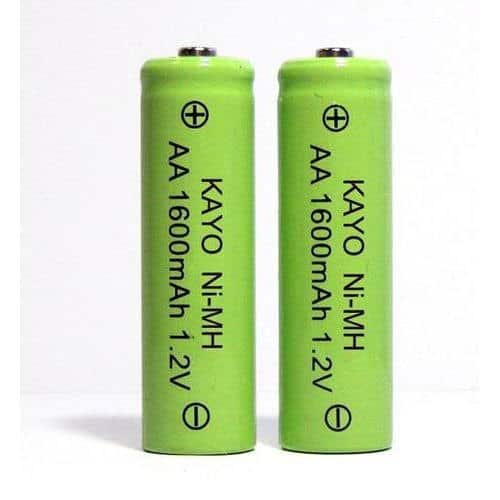
The most commonly used AAA and AA model is NiMh, which has 1.2V readily available. This is the most commonly rechargeable of the year and some brands offer 2500mAh or more.
Most popular with those who use a lot are The Sanyo Eneloop, for its capacity to endure multiple recharge cycles and low self discharge rate. However, the batteries are susceptible to issues such as the polarity reversal(on the discharge of the battery, particularly in low-end LED flashlights and toys) that can cause damage to the battery.
Apart from that, because of their low internal resistance, they are able to provide a an adequate amount of current. Their voltage remains constant through most of their usage cycles. They are constantly in a race to beat Li-Ion cells. Companies saying that their next generation will surpass Lithium Ion by a factor of energy density!
Lithium-Ion Battery
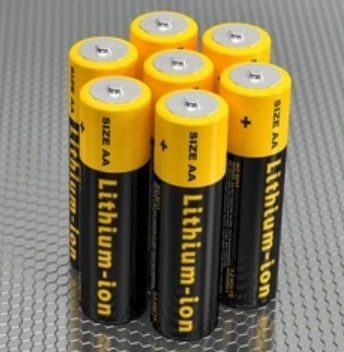
We’re going to come to our favorite. Lithium-Ion. It has a voltage of 3.7-3.2V dependent on the type of. The most popular cell that you will can see is 3.7V and a full charge providing approximately 4.2V at the maximum charge. For long-lasting life, it’s ideal to charge at 4.00V.
However, most chargers use 4.2V. This kind of battery is the most popular rechargeable battery because of its high energy density and around 500 cycles of recharge possible(enough for the majority of people).
Lithium-Ion Polymer Battery
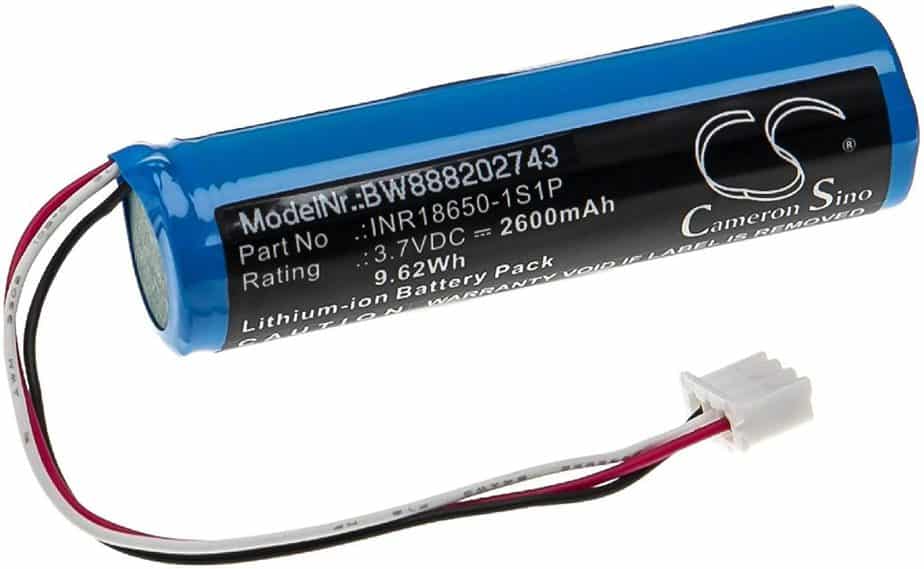
Have you had any idea about this? If you’re flying model airplanes, then you’ve. Because of their lightweight they are very popular among RC toys. With an operating voltage of 3.7V, they can be utilized in the same applications as the Li-Ion where low weight is desired.
Another benefit is the ability to have the battery in any shape that you would like. But it has a disadvantage of only 100 charge/discharge cycle possibility. As technology advances this could increase.
PDA as well as cell phone companies who are creating lighter and thinner products are examining this technology with curiosity. Perhaps the next generation lasers could use these as technology improves. At the moment, Li-Ion has not gone away.
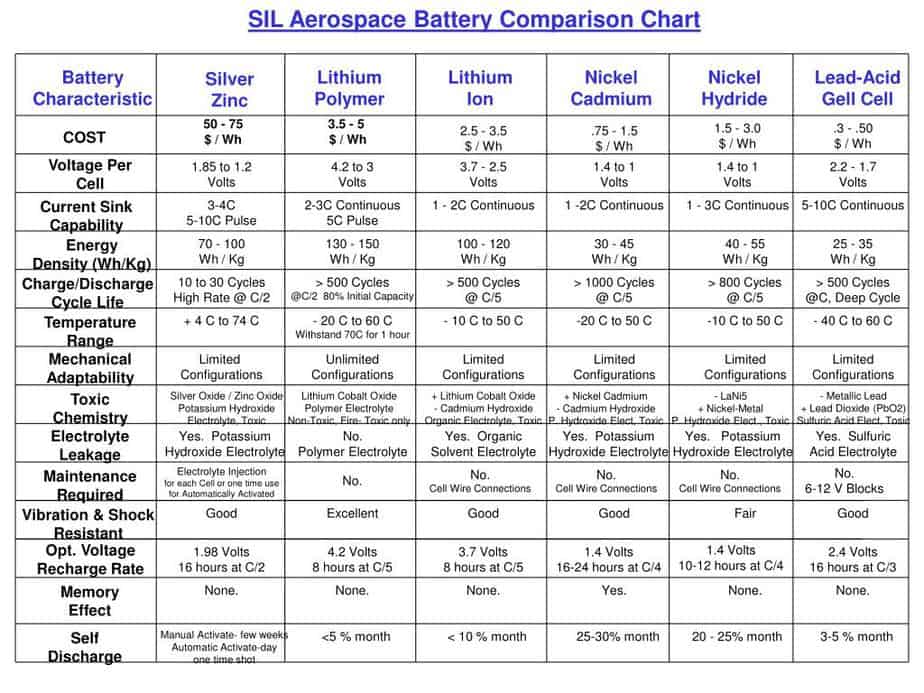
Laser Pointer Battery Size And How Long They Last?
As mentioned above the lifespan for laser pointer batteries varies with the type of battery that is used, its capacity and capacity, etc. Other factors that determine laser pointer battery life on one charge are:
- Patterns of usage (how often and for how long you’ve used the device)
- This is the battery charge level is at the time of usage
- Output power
- Ambient temperature, etc.
In general, the battery’s mAh ratings along with the laser’s power draw will determine what time each battery lasts. In the event that power draw is higher than the mAh rating, don’t expect that the batteries to last for very long, or in a proportion to the mAh ratings they could suggest (as was mentioned within the example that I mentioned earlier of the camera digital).
Quality of battery’s components is also a determinant of its durability. A poor-quality 3,500mAh battery is not for as long as a premium cell that has the same capacity.
Additionally, the way you store and store the laser pointer or prevent it from falls that happen accidentally can have an impact on battery endurance. Any damage by physical impact to or to the laser pointer body as a result of physical impacts can damage the battery within it as well.
Light Color Could Ascertain Battery Life
Laser pointers produce light in a variety of colors, such as violet, red green, and yellow. white, blue, and violet. Each of these hues has its own wavelengths as well as intensities and length of time they travel differ.
Yellow and red are both recognized for their longer wavelengths. Violet, however, on the other side, has the shortest wavelength.
These variations in intensity and wavelengths can influence the laser pointer’s battery lifespan. Also, green and red-green lasers operate with similar output power. However, the energy required to create green laser light will be much higher than the power required to create the red laser.
This difference in power demand is what causes green light laser pointers to be out of battery just a little bit ahead of laser pointers emitting red light. However, since there are a variety of factors (as previously mentioned) that affect the laser pointer’s durability the laser pointer emitting red light laser pointer need not always provide better battery performance over green laser light.
Are Rechargeable AA Batteries Worth It?
Rechargeable AAA battery is more durable, reliable, and cost-effective for high-usage electronics in comparison to the battery that is disposable power plants. Rechargeable batteries are fully charged within 6 cycles of charging regardless of costs associated with the cost that the charger costs. A purchase of twelve rechargeable batteries and using them for four years is the equivalent of using the equivalent of 188 disposable batteries.
Do Rechargeable Batteries Last Longer?
Disposable batteries are packed with more energy and can last longer than rechargeable batteries in certain circumstances especially when used in “low-drain” applications such as wall clocks, remotes, as well as smoke detectors. Rechargeable batteries surpass disposable ones in the long run since they are recharged numerous times over many years.
It is the chemistry used in rechargeable batteries affords them a distinct advantage over disposable alkaline batteries when they are used in extreme cold conditions.
How Long do Rechargeable Batteries Last?
Rechargeable AAA batteries are able to last four years when they are in normal usage. Another way of looking at the lifespan of rechargeable AAA batteries is that one rechargeable battery will provide more than the power that the equivalent of 10 batteries.
Conclusion
Batteries play an important role in the intensity of the laser device’s light. Also, the battery capacity determines the longevity that the gadget can last.
If you utilize the laser pointers extensively for work or recreational purposes. You should keep some spare batteries available in case you do not know when the current power pack will run out of juice or ceases to function completely.
A few spare batteries are able to save your day when you’re engaged in an important business presentation. They’ll help ensure that the presentation doesn’t become awkward or uncomfortable when you depend on laser pointers in your presentation or presentation.
